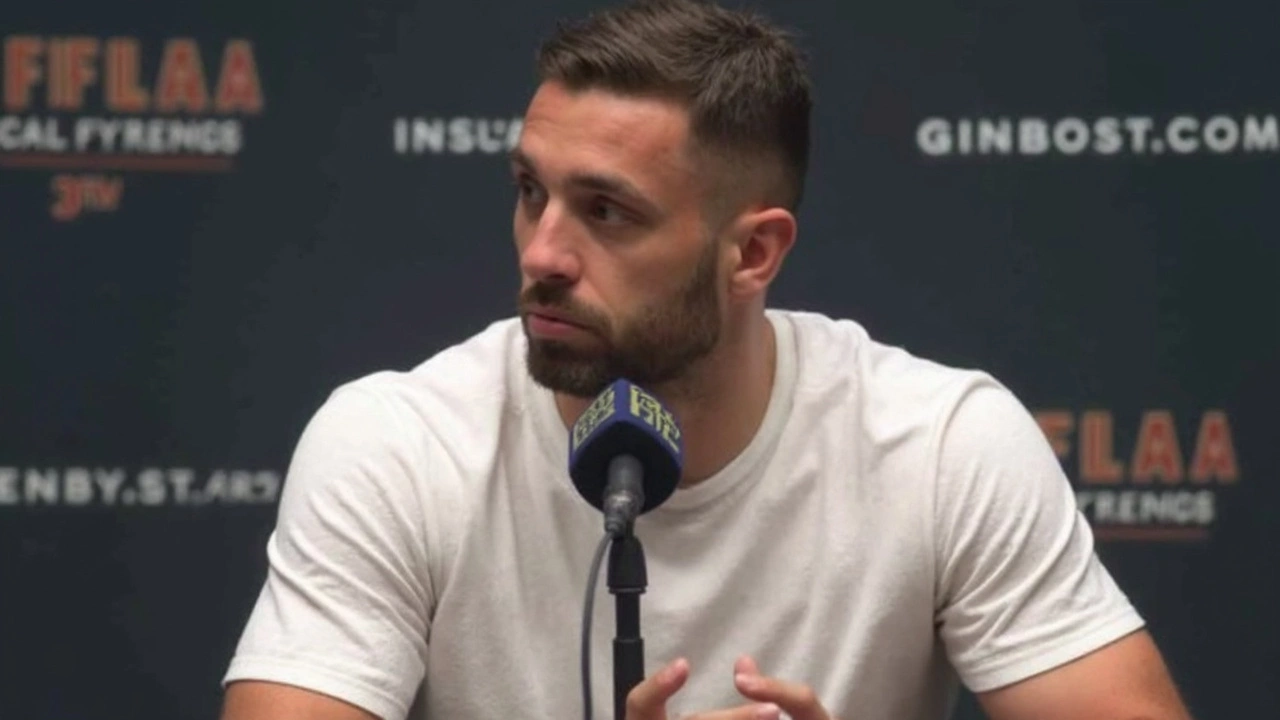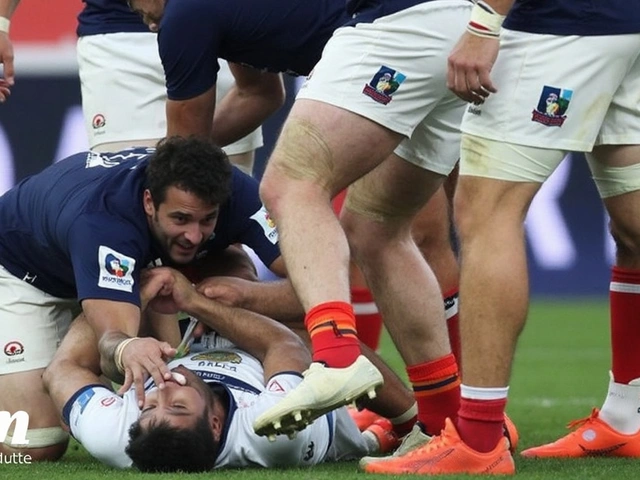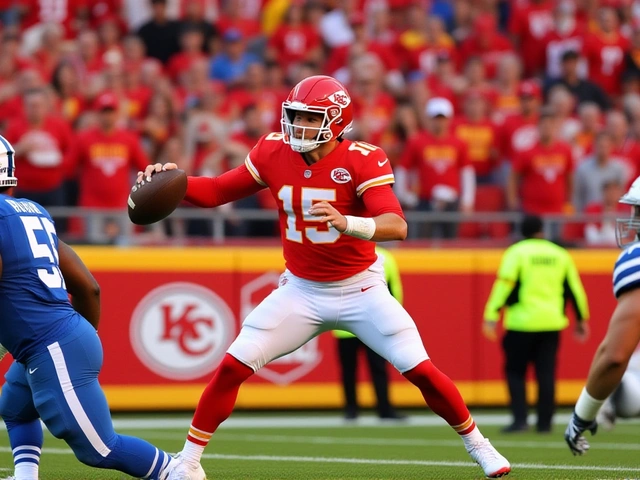Brain Injury in Motorsports: What You Need to Know
Got a need for speed? You’re not alone. But racing at high speeds brings a real risk of brain injury – from mild concussions to serious trauma. Understanding the danger is the first step to staying safe, whether you’re behind the wheel, in the pit, or cheering from the stands.
Why Brain Injuries Happen on the Track
When a car crashes, the brain can slam against the skull even if the vehicle looks intact. Sudden deceleration, side impacts, and even rollover flips create forces that your head can’t always absorb. Studies from racing series show that up to 30% of drivers experience a concussion at some point in their career. The good news? Most injuries are avoidable with the right gear and habits.
Practical Ways to Lower Your Risk
First, wear a certified helmet that meets FIA or Snell standards. A helmet that fits snugly and has a proper retention system can cut the brain’s motion by half. Second, use a Head & Neck Support (HANS) device – it stops the head from whipping forward during a crash. Third, keep your helmet and HANS clean and check them for cracks after every race; a tiny flaw can become a big problem at 200 mph.
Don’t forget the basics: stay hydrated, warm up before hitting the track, and avoid racing when you’re already feeling groggy or ill. Even a small amount of fatigue can slow your reaction time, making a crash more likely.
If a hit does occur, watch for concussion signs: headache, dizziness, blurry vision, or trouble remembering what just happened. Don’t brush them off – get evaluated by a medical professional right away. Early detection means you can start the recovery process sooner and reduce the chance of long‑term effects.
Recovery isn’t about lying on the couch all day. Light aerobic activity, proper sleep, and a balanced diet rich in omega‑3 fatty acids help the brain heal faster. Many drivers follow a phased return‑to‑drive program: start with low‑stress simulations, move to short track runs, and only return to full competition when cleared by a physician.
Finally, keep learning. Follow the latest safety bulletins from your racing league, and stay updated on new helmet technologies. The motorsport community is constantly improving safety standards – you’ll benefit from every innovation if you stay engaged.
Racing will always carry some risk, but a brain injury doesn’t have to be part of the package. By wearing the right gear, listening to your body, and following a solid recovery plan, you can enjoy the thrill of the track while protecting the most important part of yourself – your brain.
Irish Boxer John Cooney Dies at 28 After Devastating Brain Injury
Posted by Daxton LeMans On 9 Feb, 2025 Comments (0)

Irish boxer John Cooney passed away at 28 following a catastrophic brain injury sustained during his title defense in Belfast. Despite emergency surgery and medical efforts, he succumbed to his injuries, leaving the boxing community and his family in profound sorrow. Cooney had recently returned to the ring after overcoming a previous injury.




